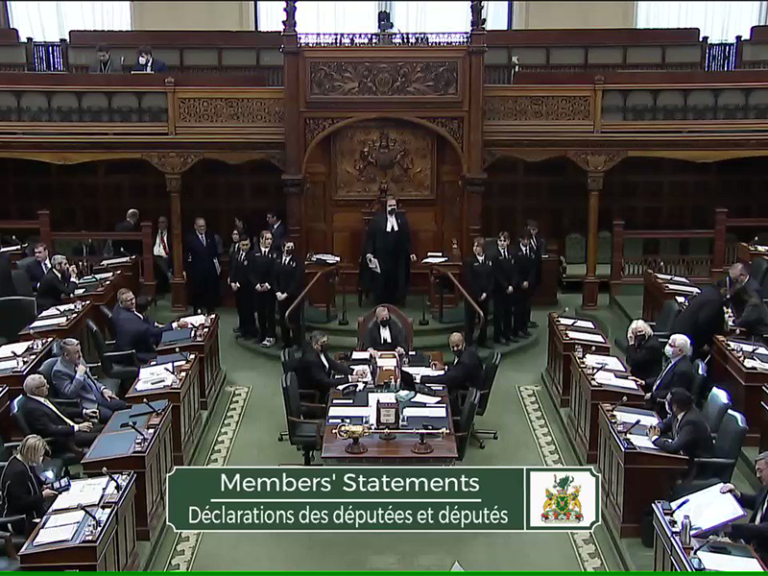By Deborah O’Connor
After looking at the history of Ontario’s welfare system in last week’s column, it’s time to see where the goal of reforming it has led us. When Premier Dalton McGunity was first elected in 2003, he promised to overhaul what every recipient and most advocates knew was a dysfunctional, inadequate and punitive bureaucracy that served nobody well. Putting newcomer Deb Matthews in charge, she embarked on the exercise of producing a report that would lay the groundwork for real reform. In her role, she travelled all over the province, meeting with everybody from staff at welfare offices, social service agencies, legal clinics, municipal representatives and even a few low income groups. By 2004, the report was finished, put up on a shelf and forgotten. Aside from some tinkering with the rules to remove or amend the worst of them, very little was done to improve the lot of the poor.
By election time in 2007, with poverty statistics and welfare rolls edging upward, the Premier was pushed by advocates into announcing government support for the latest twist on the issue: poverty reduction. All over the developed world people were talking about the need to look at the whole picture of poverty; not just the welfare rolls but the climbing numbers of working poor and disabled. It required an examination of the legislated programs outside welfare that affected people’s ability to sustain themselves. Portfolios like employment standards, minimum wage, health and dental care, housing, education, even taxation were recognized as having an impact. While it seemed obvious to look at the whole forest, and not just the trees, the enormity of making change across numerous ministries was intimidatingly breathtaking.
By 2009, the precursor of the Commission for the Review of Social Assistance in Ontario was set up to define the scope of the review promised by the government, which by now must have known there wasn’t much spare change to contribute to any program improvements. When the Commission was formalized in November 2010, former Toronto United Way CEO and President Frances Lankin was appointed co-chair, along with Dr. Munir Sheikh, Canada’s most recent Chief Statistician. Working quickly, they produced their discussion document in June 2010 and the consultation phase for that piece is just being completed now, with their final report due next summer.
The work has centred around the following five areas of the Commission’s choosing.
1. Appropriate benefit structure
2. Reasonable expectations and required supports to employment
3. Making income and asset rules easier to understand
4. Making the system viable over the long term
5. Creating an Ontario position on income security integrated with other jurisdictions
It’s easy to divide up the list into what matters to recipients and their advocates. Rates and rules are the most crucial and cover items one through three. The last two represent the Commission’s token gesture towards the ideal of poverty reduction by suggesting the possibility of broad long-term strategies that just might point to federal tax reform and ultimately the provision of a guaranteed annual income for all Canadians.
But, since no examination or consideration of labour market rules and realities, or educational or health or housing concerns are included on the list, the Commission is lacking the perspective of real poverty reduction and has already failed on its last two items. The deliberate exclusion of these related indicators of poverty from the mandate betrays the continued blinkered vision of those in charge, and this can be seen clearly in some of the points raised in the discussion paper.
Advocates, reading the paper, point to veiled proposals that could lead to the disabled being forced to look for work in spite of their dchallenges and lack of training supports; to the perpetuation of exceedingly low asset levels for applicants and the entrenched notion that nobody on assistance can receive as much as what the worst paying job would provide, even when they cannot work and have no other options. Until we see the final document, there’s no way to know what the Commission’s findings will be and the soothing words of social policy-speak often conceal the meaning behind them.
In next week’s column we’ll see what a viable, long-term income security system might look like, and how it could integrate with other government and societal systems that address human needs.


